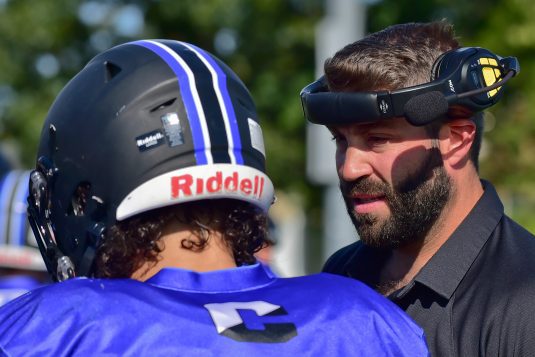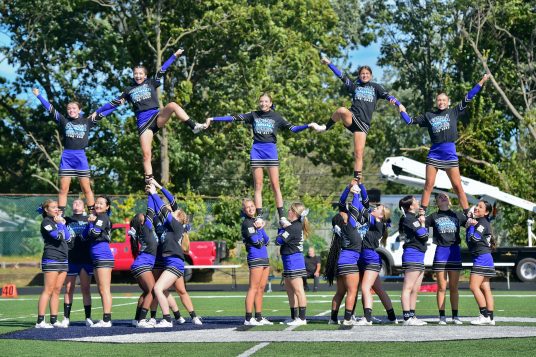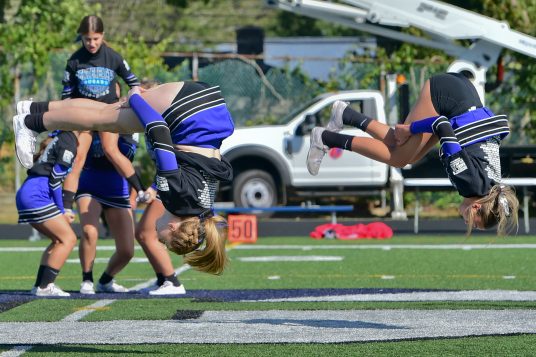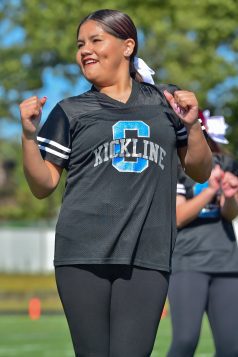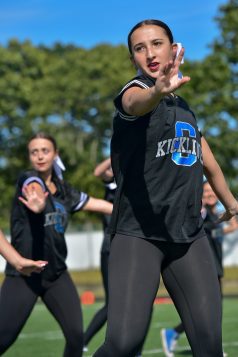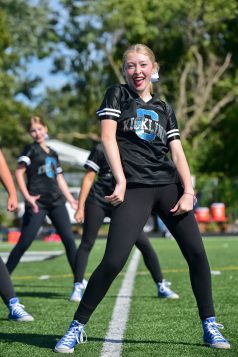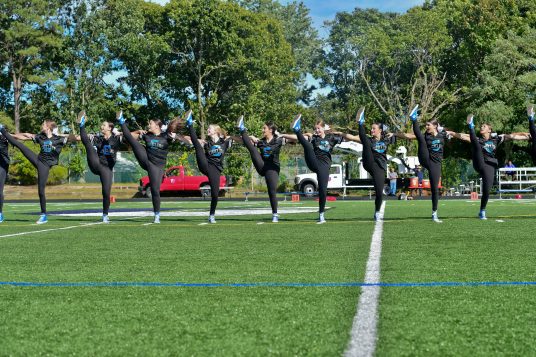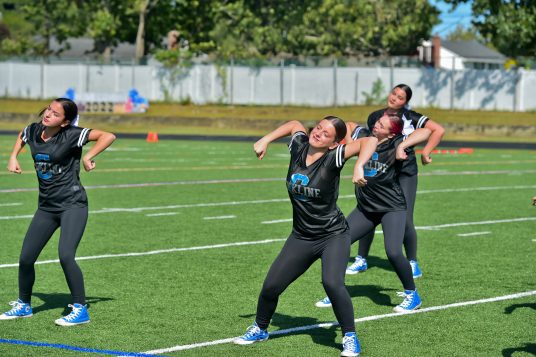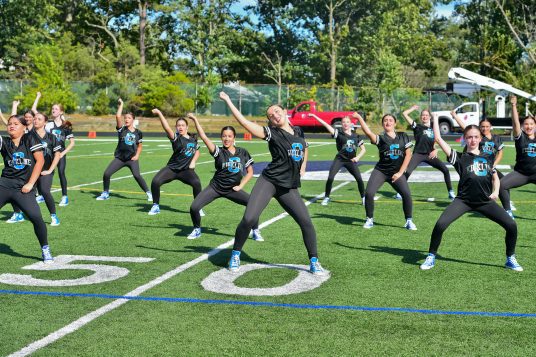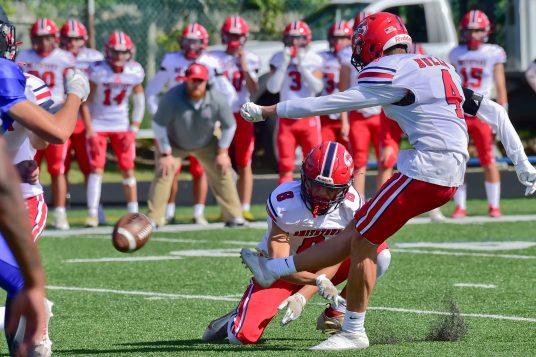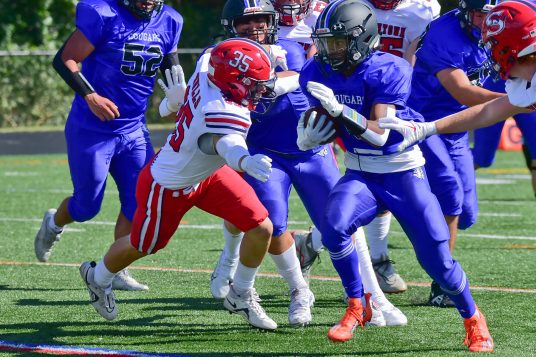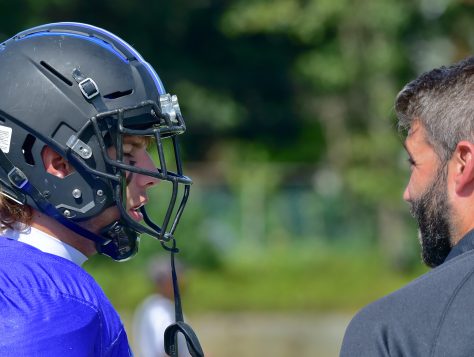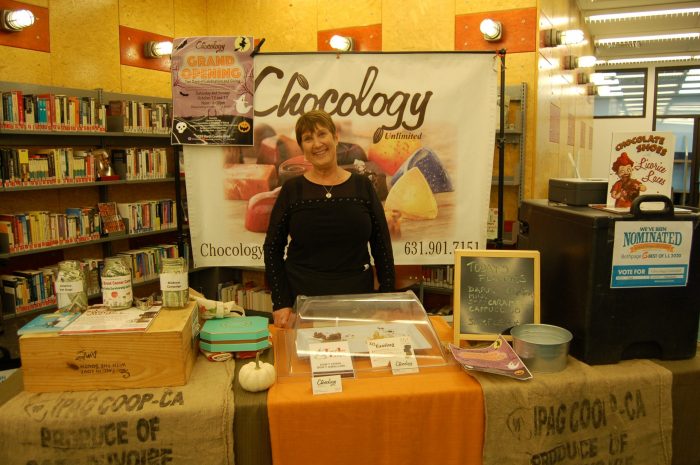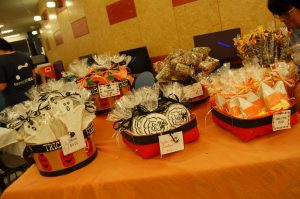The leaves are changing and there is a nip in the air, which means it is time for one of the community’s favorite fall events! After two years virtual and outdoors, the 22nd annual Women’s EXPO returns in-person at the newly renovated Middle Country Public Library, in Centereach on Thursday, Oct.6 from 11 a.m. to 6 p.m. with more than 70 exhibitors.
An initiative of the Middle Country Library Foundation, this annual event celebrates women entrepreneurs by connecting them with their peers, local business women and most importantly, potential customers.
It’s been a tough couple of years for everyone and entrepreneurs have really taken a hit. “While the library’s Miller Business Center never stopped working with these and other entrepreneurs the entire time, we know that the camaraderie and energy of the EXPO is invaluable. We are happy to welcome these local entrepreneurs into our new space,” says library director, Sophia Serlis-McPhillips.
“Our favorites along with a great selection of new women entrepreneurs will be at this year’s EXPO and we can’t wait,” said Elizabeth Malafi, coordinator of the library’s Miller Business Center. As it has in previous years, EXPO welcomes a diverse group of entrepreneurs with something for everyone including soaps, food, clothing and more. Like all entrepreneurs, they have worked hard to survive uncertain times.
Shahnilla Jamal, chair of the EXPO’s planning committee and an SVP and Relationship Manager at HSBC Bank is excited to appreciate and celebrate these entrepreneurs. “Resilience is what I see in the women of Long Island, especially the EXPO entrepreneurs,” she said. “They have endured many trials and tribulations over the past couple of years, yet these amazing women have emerged stronger and more determined than ever before.”
Long Island has always supported small businesses and the entrepreneurial spirit. The support comes from shoppers and other Long Island businesses, including People’s Alliance Federal Credit Union (PAFCU), who has supported the EXPO for many years. Lisa Mitnick, Senior Manager of Business development for PAFCU knows how important it is. “Driving initiatives that advance women in their careers is not just critical to our business success, but is extremely important. The EXPO promotes the career advancement and success of women throughout Long Island,” she said.
Let’s learn more about some of the women you’ll meet at the EXPO.


Loretta Oberheim
Loretta Oberheim Art
@lorettaoberheimart
After hearing great things about the EXPO from her dear friend and photographer, Holly Hunt, Loretta Oberheim, decided to apply to participate. “The support she had received from the wide range of female entrepreneurs, as well as Middle Country Library, was something I found to be extraordinary…To see an entire event celebrating female entrepreneurs is phenomenal, and I’m proud to be a part of it.”
Loretta is an award-winning sculptor and abstract artist. After graduating with a B.F.A. in Textile/Surface design from the Fashion Institute of Technology, she began working in the interior design industry with her designs gracing the pages of Vogue, Architectural Digest and more. A traumatic brain injury made creating impossible for a while, but after a time, Loretta was able to create again in a new form – contemporary abstract impressionism.
As an entrepreneur, sales are important of course, but for Loretta, one of her greatest business and creative successes happened when she gave a piece of her artwork away. “A young woman came by my booth with her parents and commented on my cool cane. After looking at my work, she commented to her mom that she needed to start painting again.” This comment touched Loretta. She gave one of her paintings to the young woman telling her to “go home and just start trying.” For Loretta, nothing compared to the moment. She knew that the young woman would forever look at that painting and see that a complete stranger had faith in her.

 Rachel Stephens
Rachel Stephens
Sweet Woodland Farm
@sweetwoodlandfarm
Born and raised on Long Island, Rachel Stephens owns and runs Sweet Woodland Farm on the North Fork, growing elderberry, herbs, roots and more. The crops are hand-harvested, barn-dried and used in all the wellness products Rachel makes and sells through farmer’s markets, local shops and the EXPO. Using the herbs she grows to help people is an incredible feeling for her. Some moments, when Rachel is alone on the farm, looking around, she is reminded that success doesn’t need to be proven financially, but success can mean that you are doing what you love to do.
“Besides these cherished moments, I celebrate quietly to myself every time a customer tells me how well my products have helped them. It feels incredible to know that I can help people using herbs I’ve grown myself and processed by hand into a product that people will enjoy and benefit from. It’s these moments when I can appreciate the work that I’ve chosen rather than feel the rush and burdens of running a business.”
Rachel is thrilled to be at EXPO again this year. What she remembers most about last year’s event is the camaraderie and support among the women who participate. “I appreciate that there is an event recognizing and celebrating woman owned businesses. As women gain momentum in every field I’m happy to represent women in farming at the EXPO.”

Tina Dos Reis
All Out Anime!
@alloutanime
After too many years in retail management, in 2014 Tina Dos Reis decided to be her own boss, starting a small business that suffered too many losses during Covid and closed. Having plenty of time on her hands, she started watching Japanese anime. Tina quickly became hooked on the action-packed scenes full of heroes with powers and quirks and started collecting keychains, figures and her current obsession, nendoroids.
That’s when it clicked, her next entrepreneurial outing — “selling anime figures!” Choosing a business name wasn’t difficult. “The phrase ‘go all out,’ is used quite often in anime. Characters will say it when they are determined to act on or do something important. Going all out was exactly what I wanted to do with this new venture.” And so, All Out Anime!: Your Place to Go All Out! was born. It is a business built on trust. With much of the product imported, there are many fakes out there. This can be a big challenge and is the reason customers may turn to well-known, larger shops first. But Tina is trying to change that in her corner of the anime world — she guarantees that her merchandise is 100% fully-licensed.
As an online business, one of Tina’s proudest moments has been creating her first website. “When you see your vision come to life, it’s truly exhilarating!” She is excited to be a part of this year’s EXPO. “This event is such a great opportunity not just for myself, but for all women entrepreneurs. The local community will have the chance to see firsthand the price we women put into our small businesses, as well as the friendly service we provide in order to make each customer experience a happy one.”
———————————————
The 22nd annual Women’s EXPO will take place on Thursday, Oct. 6 at the Middle Country Public Library, 101 Eastwood Blvd, Centereach from 11 a.m. to 6 p.m. Snacks and lunch will be available for purchase in the EXPO Café. Admission is free and there is ample parking. For further information, call the library at 631-585-9393 x296 or visit www.womensEXPOli.org.












